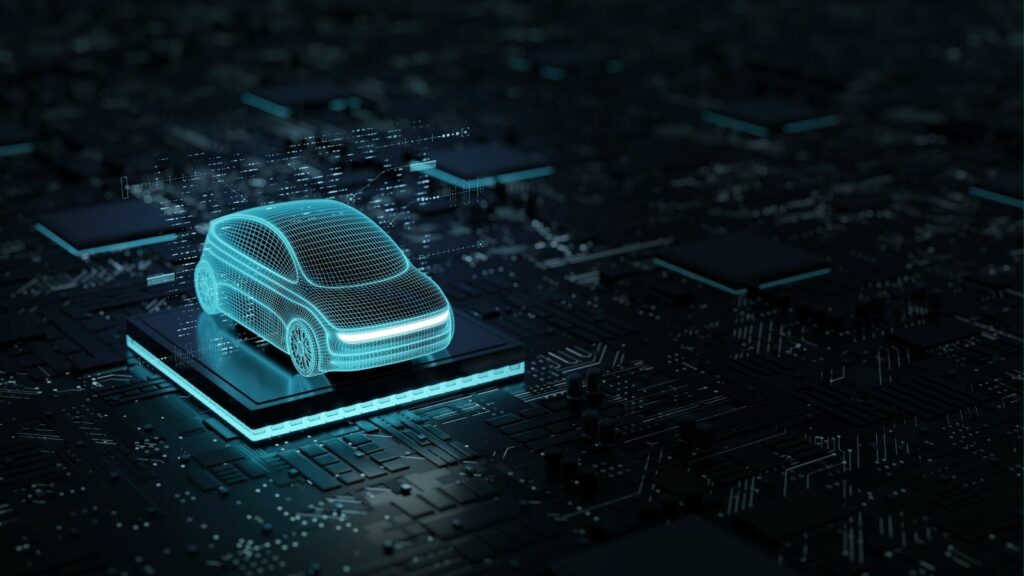Imagine you’re cruising down the highway, with the wind in your hair and your favorite song on the radio, when suddenly you realize something’s different. Your car is doing most of the thinking for you. You haven’t suddenly transformed into Knight Rider, but you’re close. Welcome to the not-so-distant future where our cars are brimming with technologies that might make road accidents as rare as a polite online argument. Here are 9 technologies that could change the way we drive.
Autonomous Emergency Braking
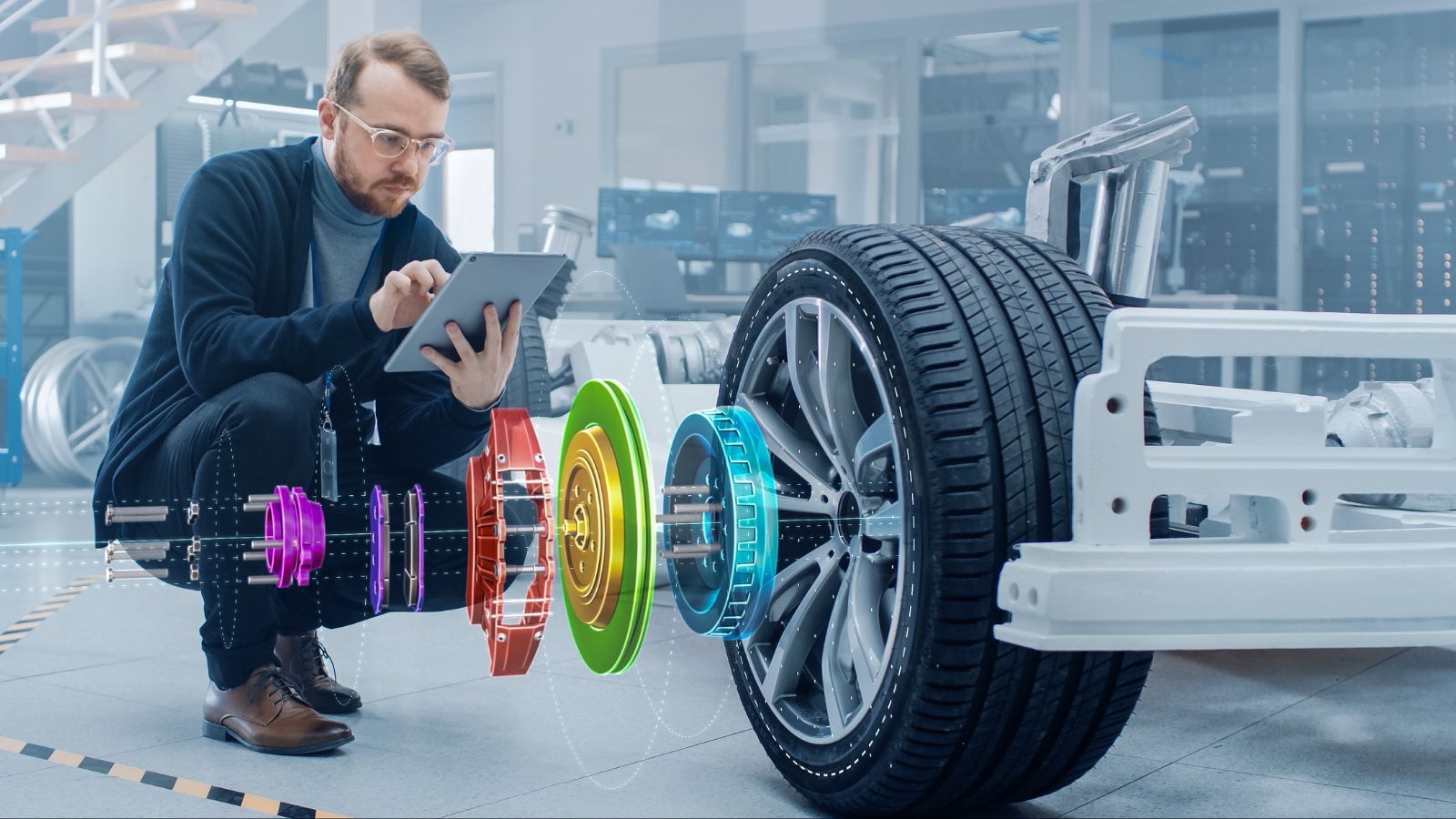
This technology employs sensors to detect potential collisions and applies the brakes automatically if it senses you’re about to rear-end that expensive sports car ahead. It’s like your car’s way of saying I got you just before you turn your ride into an unwanted convertible. As AEB becomes more widespread, we might just see a lot fewer fender benders and insurance claim forms. Plus, no more excuses like I didn’t see them. Your car literally has your back.
Vehicle-to-Everything Communication

Imagine a world where cars talk to each other. No, not like in Pixar’s Cars movies, but with high-tech whispers of data shared between vehicles and infrastructure. This is vehicle-to-everything communication, and it’s as cool as it sounds. Essentially, your car can exchange information with other vehicles, traffic lights, and even road signs, creating a connected network that can prevent accidents before they happen.
Advanced Driver Assistance Systems (ADAS)
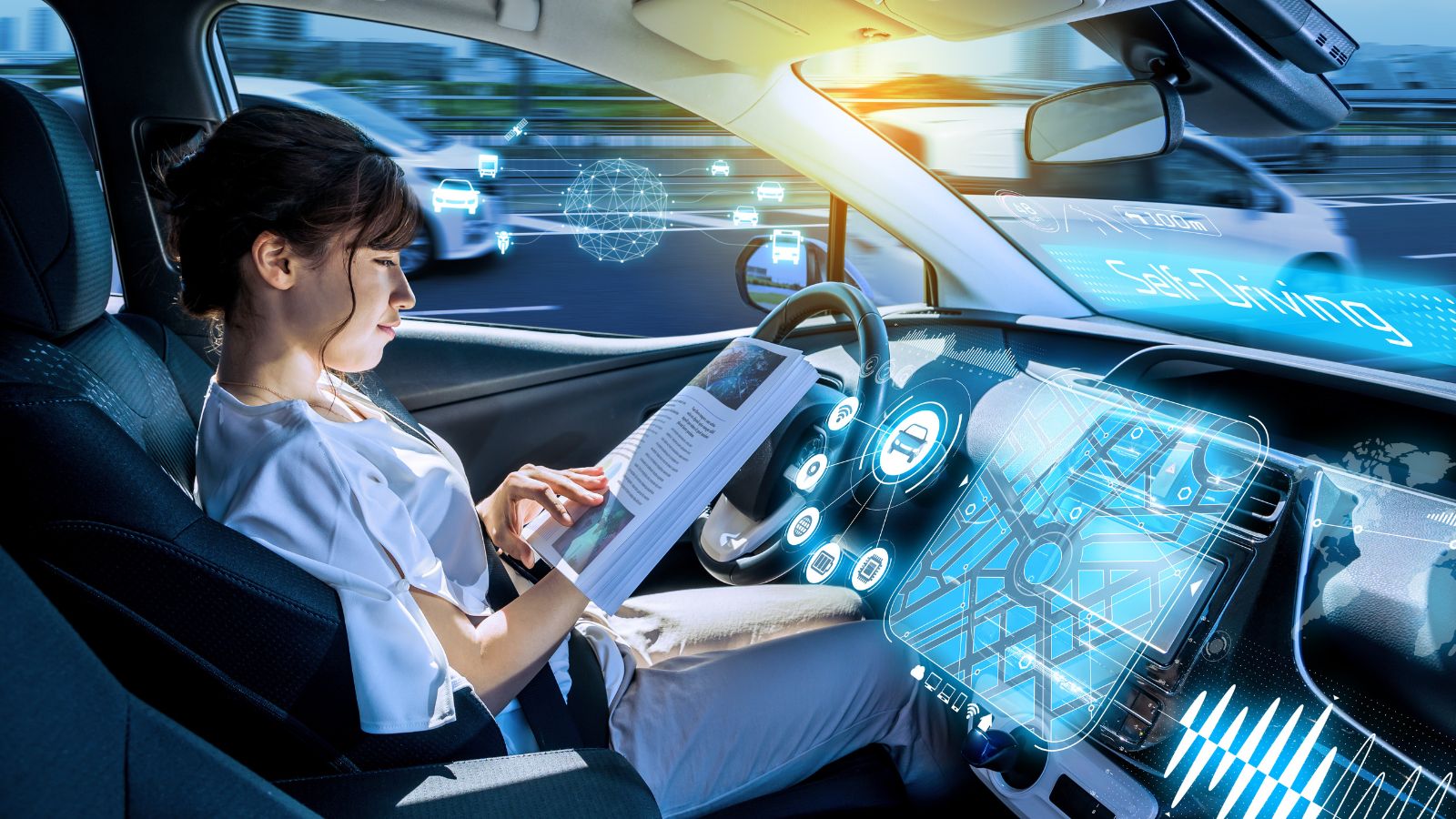
These systems are designed to assist and not replace the driver, at least for now, offering gentle nudges in the right direction. Drift out of your lane, and ADAS will gently nudge you back. Notice too late that the car in front has slowed down? ADAS will help you adjust your speed accordingly. It’s like having a hyper-alert, non-judgmental co-driver always ready to help. As these systems become more advanced, they could significantly reduce accidents by human error.
Augmented Reality Dashboards
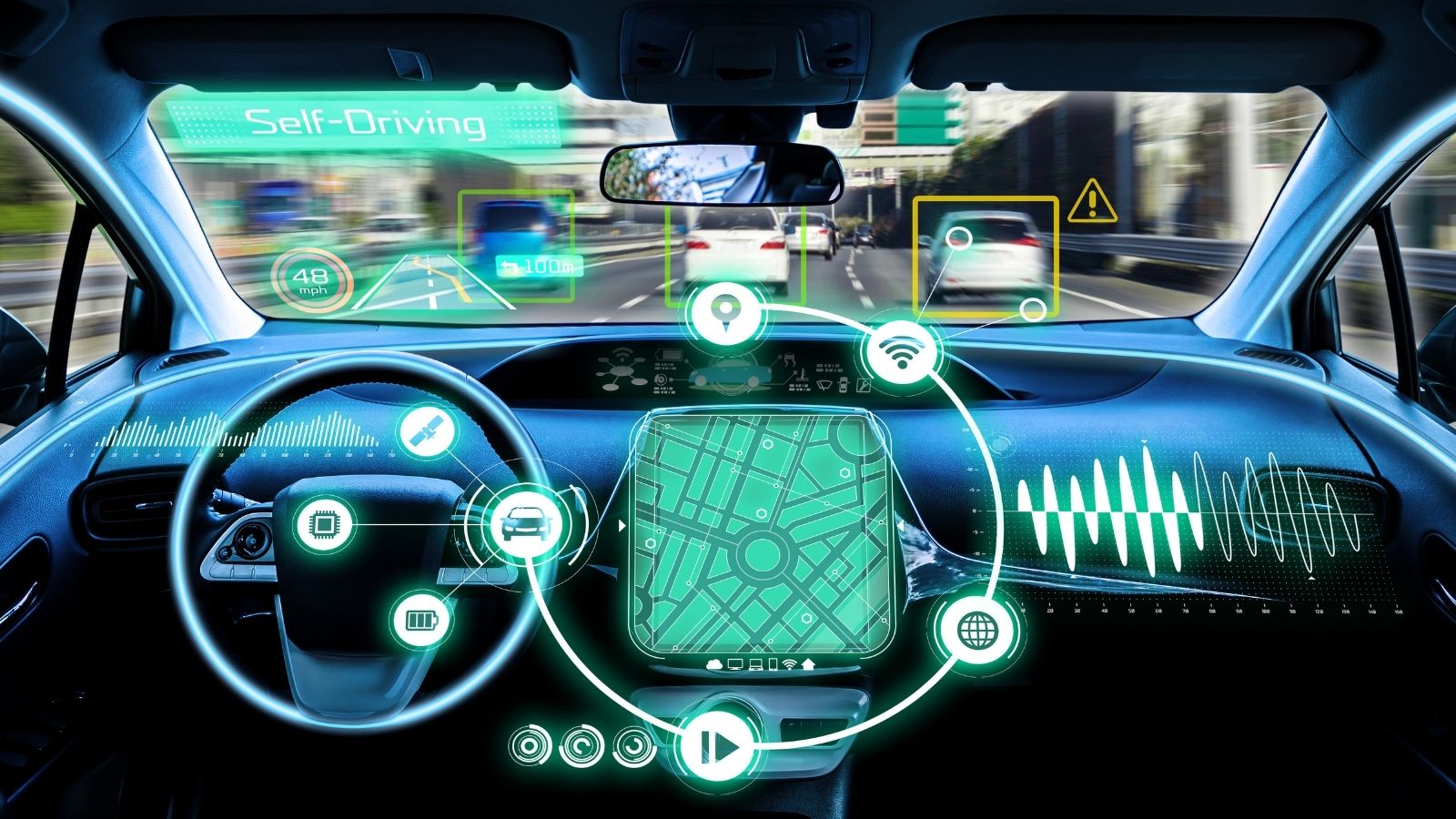
If you’ve ever wished your car’s dashboard could be a little more like a video game, then augmented reality dashboards will make your dreams come true. These futuristic displays project information directly onto your windshield so you don’t have to take your eyes off the road to check your speed, navigation, or whether you’re playing the right playlist. Imagine driving at night and having the road ahead illuminated with guidance arrows or being alerted to pedestrians or animals about to cross your path, even if they’re not in your direct line of sight. It’s like turning your car into Iron Man’s helmet, minus the snarky AI for now. This technology could reduce distractions and help drivers react to hazards more quickly, making you feel like you’re part of a sci-fi movie.
Driver Monitoring Systems
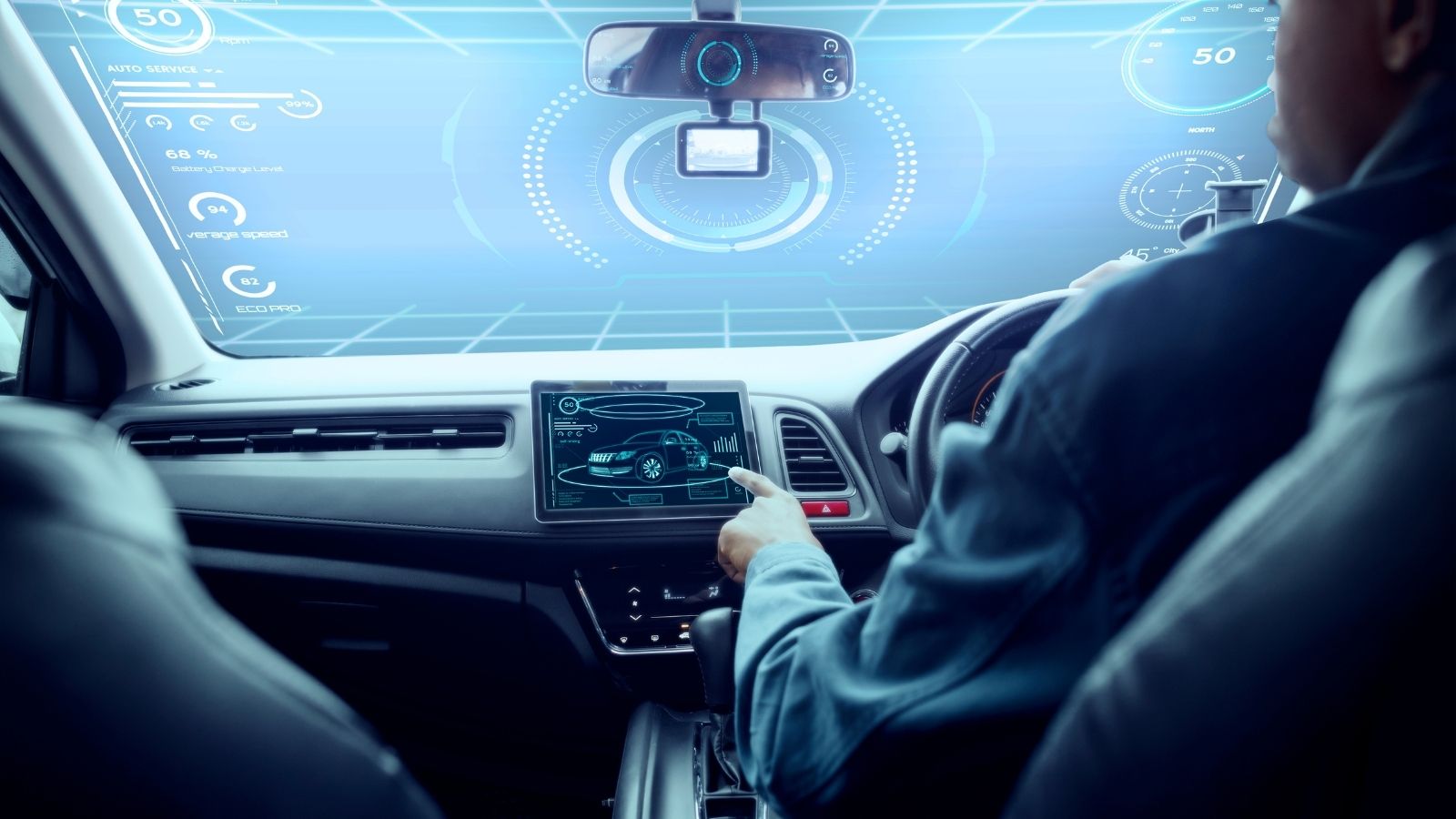
These systems can detect if you’re nodding off or if your attention is wandering, and they’ll issue alerts or even take corrective action if things get too risky. Think of it as your car’s way of saying, “Hey, buddy, maybe it’s time for a break,” but without the nagging tone. As these systems become more sophisticated, they could be crucial in preventing accidents caused by driver fatigue or distraction, making the roads safer for everyone.
Pedestrian Detection and Avoidance
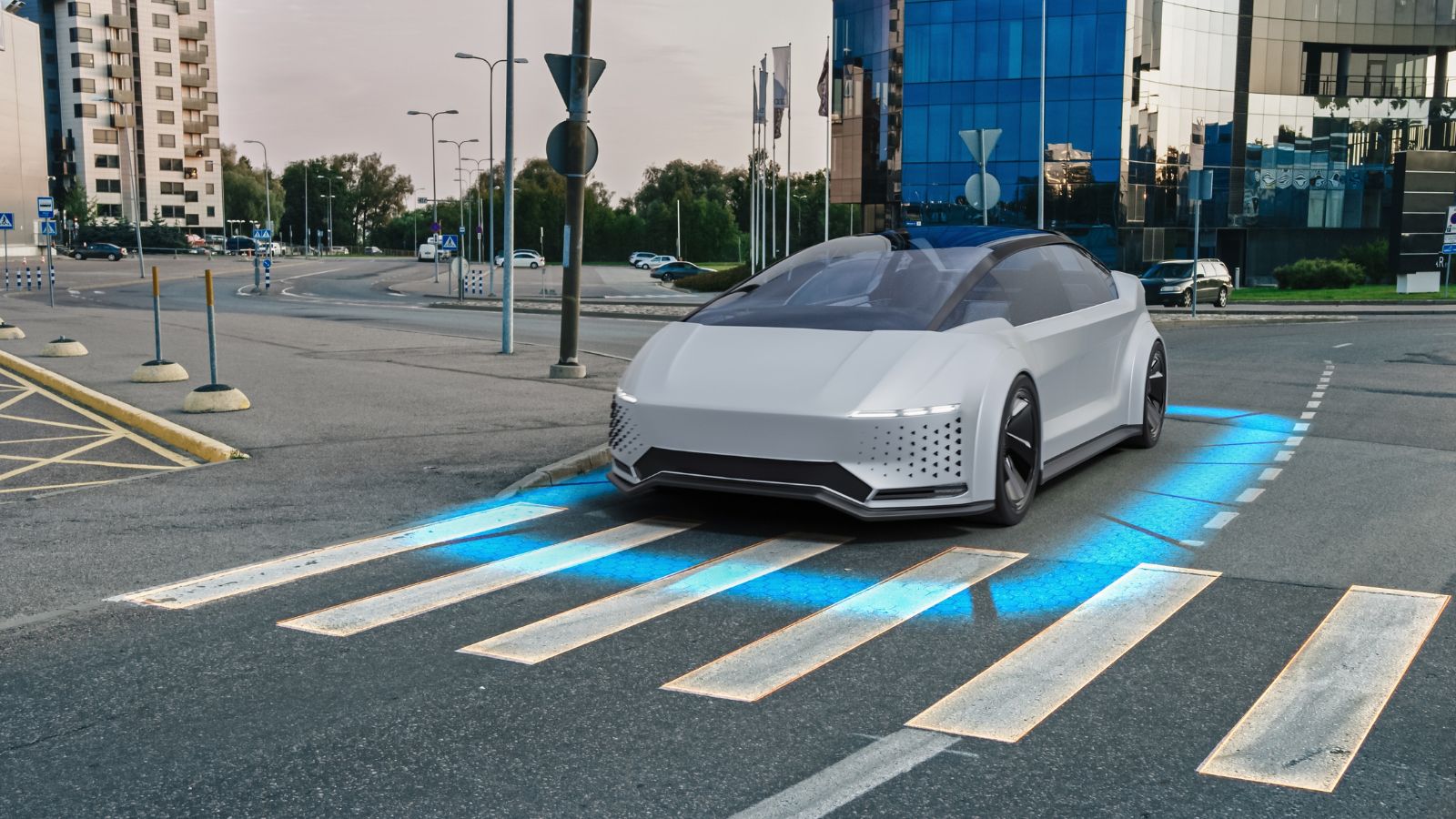
Using advanced sensors and cameras, this technology can detect pedestrians in or near the roadway and take action to avoid a collision either by warning the driver or automatically applying the brakes. It’s like having a sixth sense but for spotting jaywalkers. This feature is handy in busy urban areas where pedestrians sometimes think they have nine lives. By reducing pedestrian accidents, this technology could help make cities safer for everyone, including the errant joggers and distracted smartphone zombies.
Night Vision Enhancement
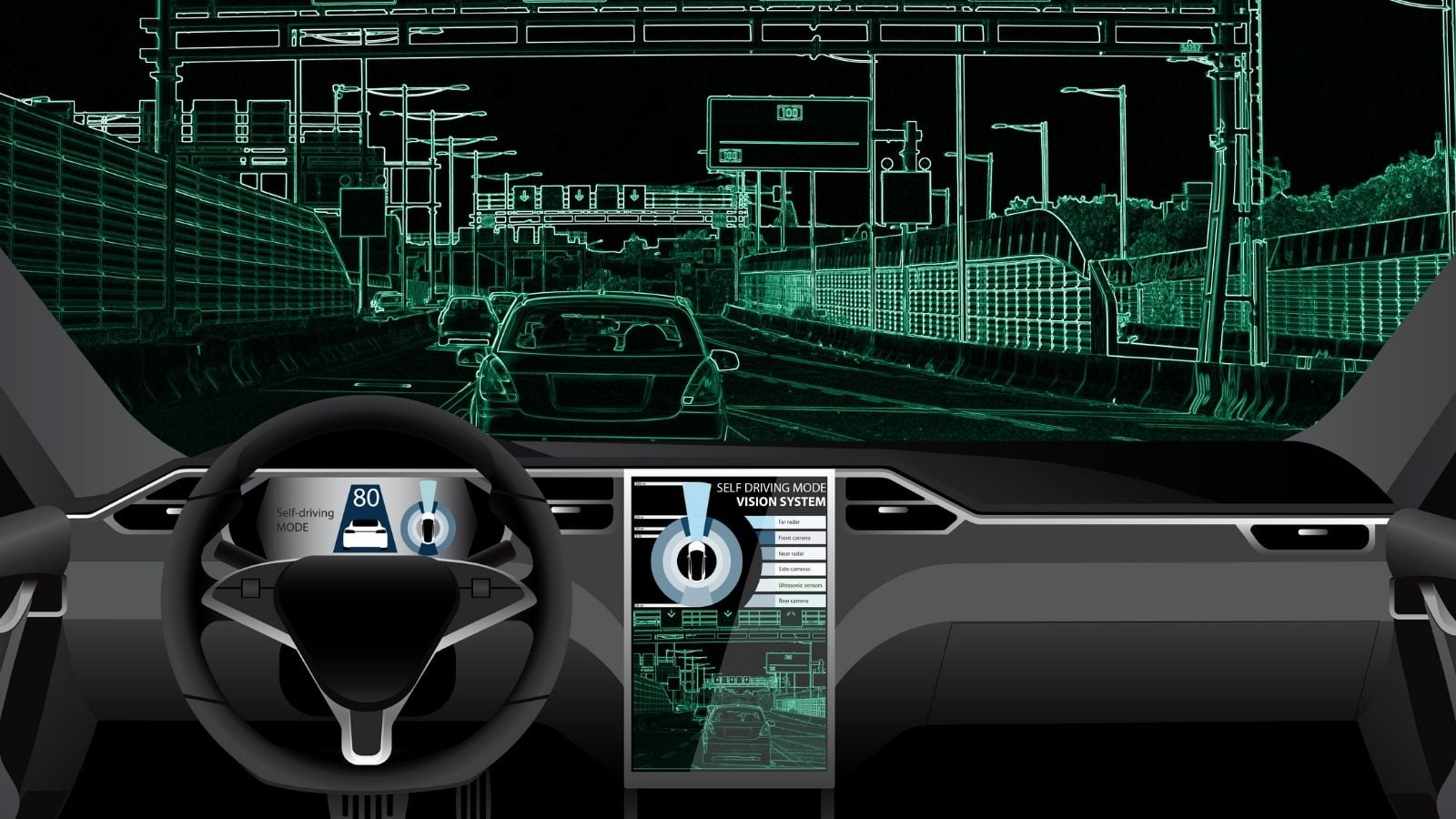
This system uses infrared cameras to detect objects, animals, and even people in low-light conditions, projecting the images onto your dashboard or windshield. It’s like having night vision goggles, but way more relaxed and with fewer awkward headgear moments. Whether driving through poorly lit country roads or the dense fog of a horror movie set, this technology could be the difference between a close call and a smooth ride home.
Self-parking Technology
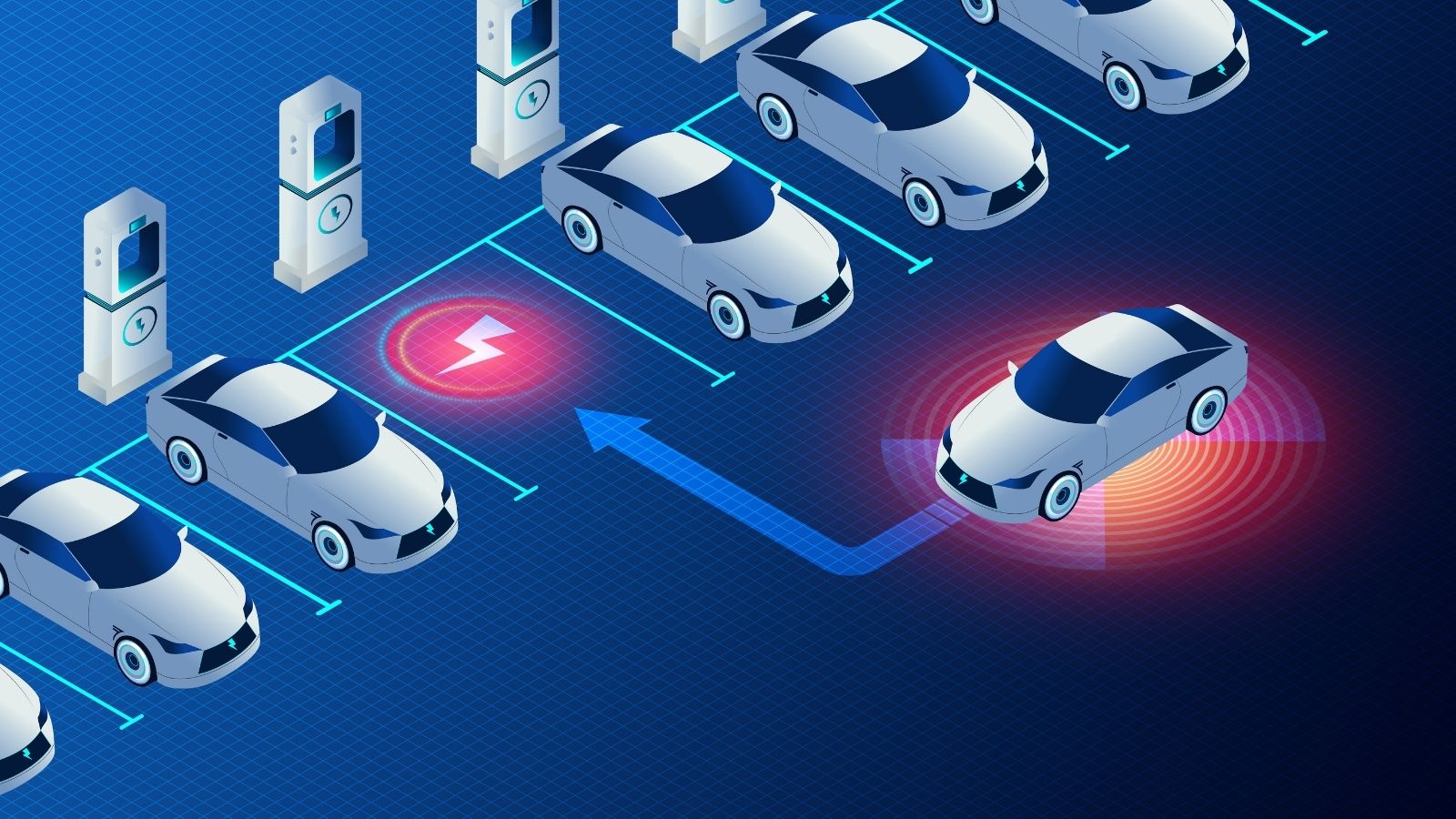
With self-parking, your car takes over the steering, brakes, and acceleration, executing the perfect parking job while you sit back and watch in amazement. It’s like having a professional valet on standby, minus the awkward small talk. This technology isn’t just a luxury. It could also prevent parking lot mishaps and fender benders, making city driving less chaotic. Plus, you’ll never have to avoid parallel parking spaces again, which is a win.
Self-Healing Paint

Self-healing paint uses special polymers that react to heat, allowing minor scratches to heal. It’s like giving your car the power of Wolverine but without the moody attitude. While it might not revolutionize safety in the traditional sense, it certainly adds a new layer of protection to your vehicle, keeping it pristine even in the face of life’s little dings.
11 Cars that are Known for Breaking Down Regularly

No car company wants to deliver a dud. However, even though companies try their best to deliver excellent cars, some cars turn out to be lemons, breaking down frequently. This creates problems for both the consumer and the manufacturer.
11 Cars that are Known for Breaking Down Regularly
